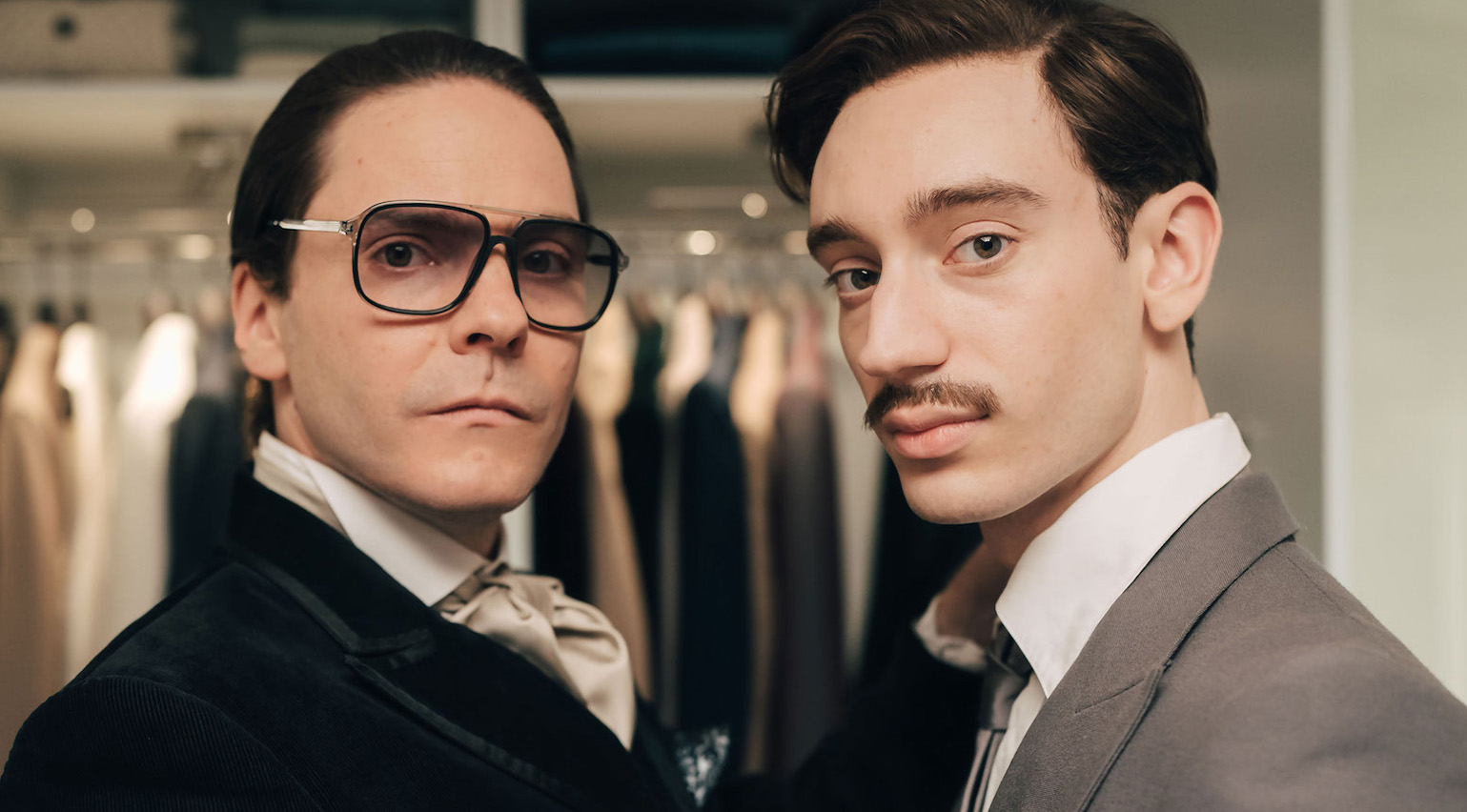
In Becoming Karl Lagerfeld, a new six-part series from Disney+, audiences are made privy to a designer still ascending. Interpreted by the German-Spanish actor Daniel Brühl, this Lagerfeld finds pleasure in sartorial eclecticism, adorning himself in tall red boots, vibrant striped ties, and pyjamas speckled with sports figures. His subsequent, distinctive armour of sobering black and white receives only vague recognition via the show’s costume design, elsewhere informing an exchange with a potential business partner, as Lagerfeld highlights the appeal of ‘austerity, white, black, brown, timeless things’ before describing his would-be namesake label as ‘for those who like purity in clothing design’. Then in his late thirties, the German designer is an anomaly in the French capital, frustrated with the perceived limitations of his creative director role at Chloé when a young dandy, Jacques de Bascher, arrives in his orbit, exasperating his already strained love-hate relationship with former ally, Yves Saint Laurent.
Daniel Brühl on ‘Becoming Karl Lagerfeld’
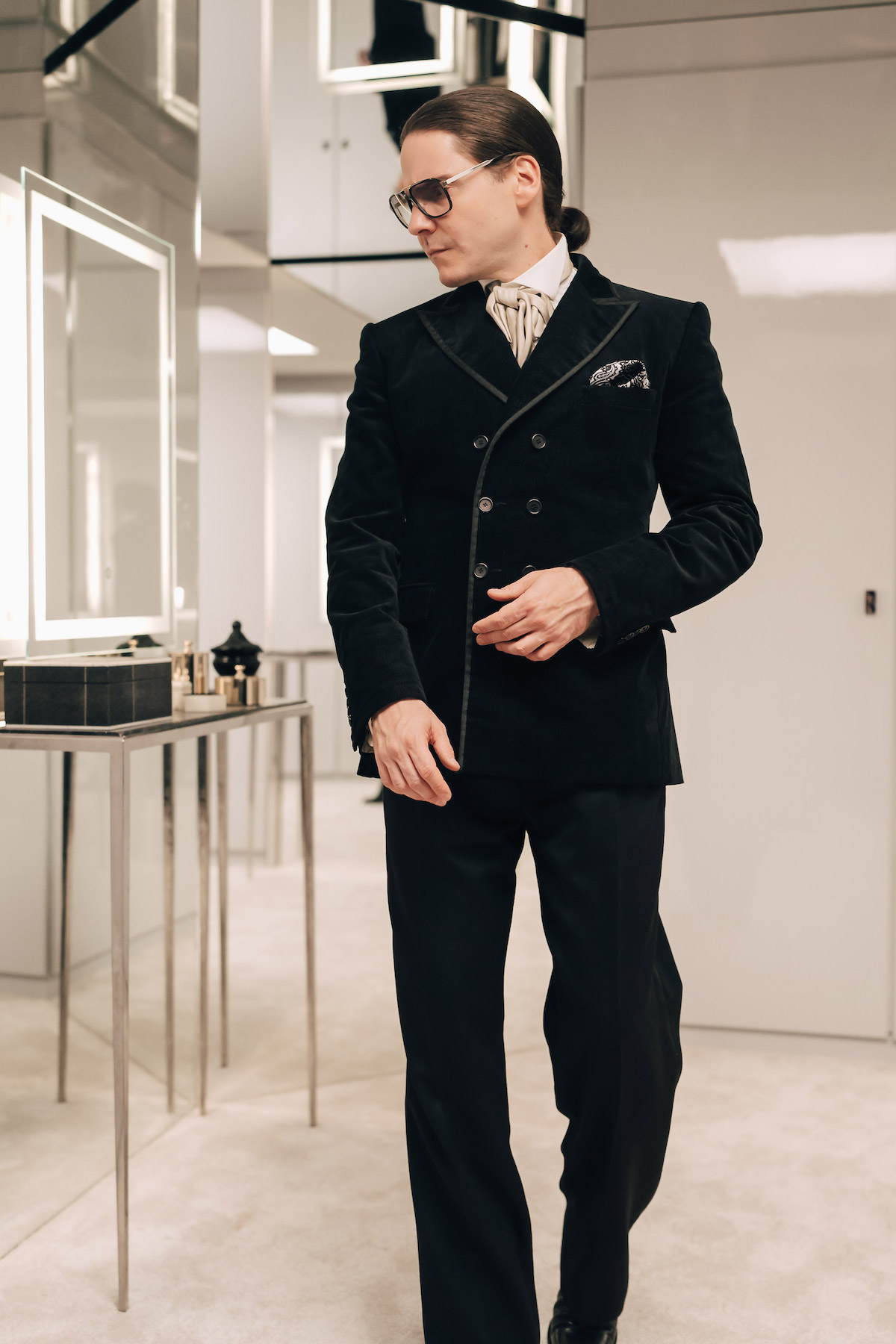
The narrative is largely pulled from Raphaëlle Bacqué’s 2020 biography Kaiser Karl, which provided a vital framework for Brühl, once he’d committed to the project. ‘It felt absurd,’ he shares of his initial response to the casting. ‘I laughed hysterically when I got the call.’ Encouraged by the character’s richness, he absorbed additional biographies, met people that knew Lagerfeld, and took ‘fashion lessons’ among the Chloé archives.
‘The fun with a real character is asking where you find each other. The danger is doing a caricature or copy,’ he notes. ‘The interesting part is the responsibility, defending your character and approaching it with respect and admiration.’ Despite his having met Lagerfeld on a shoot after his breakout performance in 2003’s Good Bye! Lenin, the actor was conscious of the gulf between the man with the camera and the man he portrays on screen. ‘I met the persona,’ he observes. ‘Karl had the gloves on, the white hair. So I asked myself, how does that happen? How does someone become that? Also, how is it possible, to keep sane in this crazy world, living under the extreme spotlight and incredible pace of the fashion world?
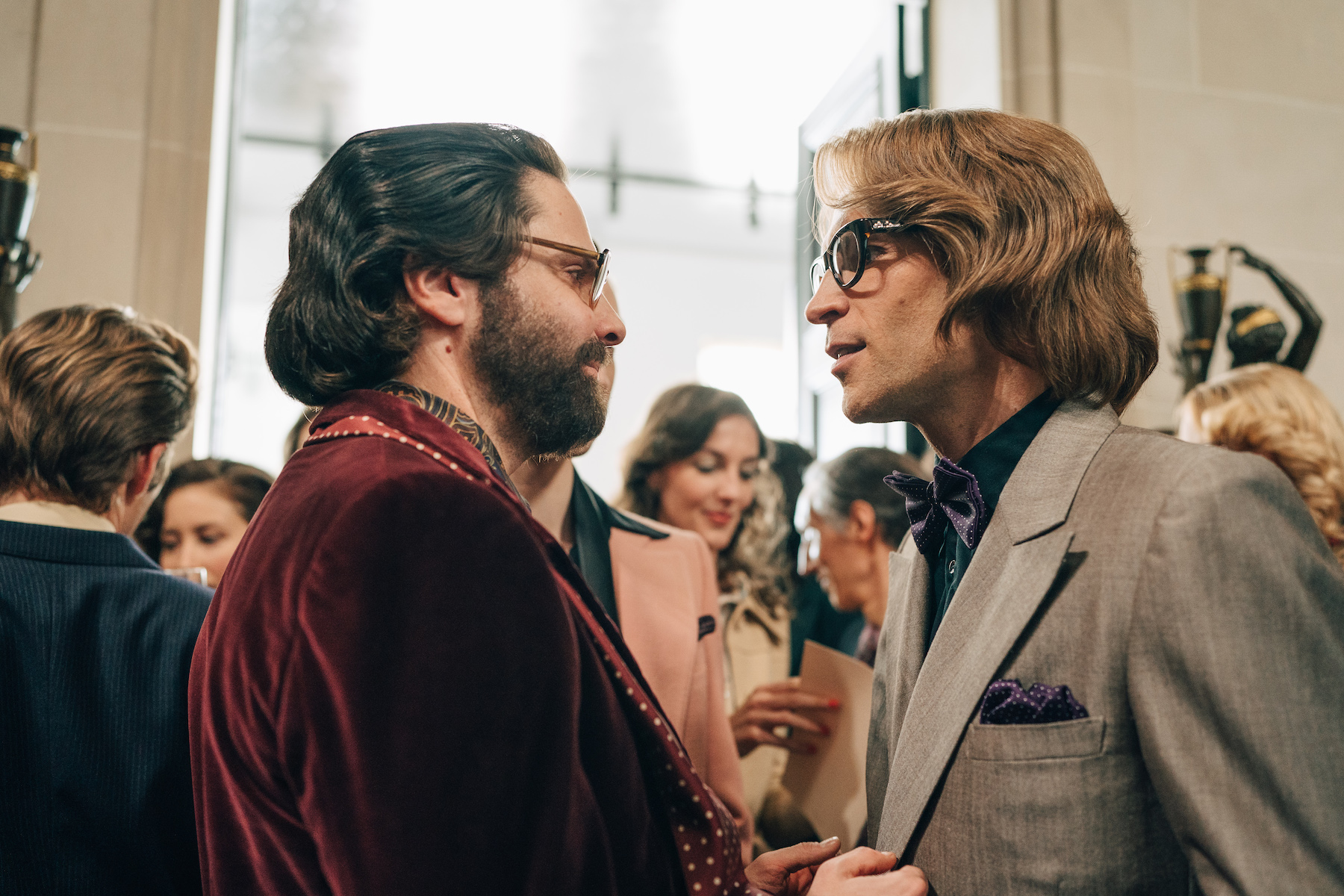
‘The books had many contradictions,’ he continues, ‘because Lagerfeld made up many different versions of his life, which I found endearing. I like people who are imposters.’
Fundamentally a battle of ego and emotion, predominantly between Lagerfeld, de Bascher, Saint Laurent and Pierre Bergé (Saint Laurent’s business partner and president of the Chambre Syndicale du Prêt-á-Porter des Couturiers et des Créateurs de Mode during the show, which begins in 1972 and concludes in 1981), the show also sees Lagerfeld clash with Marlene Dietrich, having promised French Vogue that she will guest edit an issue of the magazine, wearing his designs.
In 2009, Lagerfeld played the same role in his guest-editor interview for the October issue of Wallpaper*, telling Alice Rawsthorn at the time: ‘Nobody can beat me in terms of technical knowledge. Nobody. I don’t want to be pretentious, but I have studied all the old techniques and know all the new techniques.’
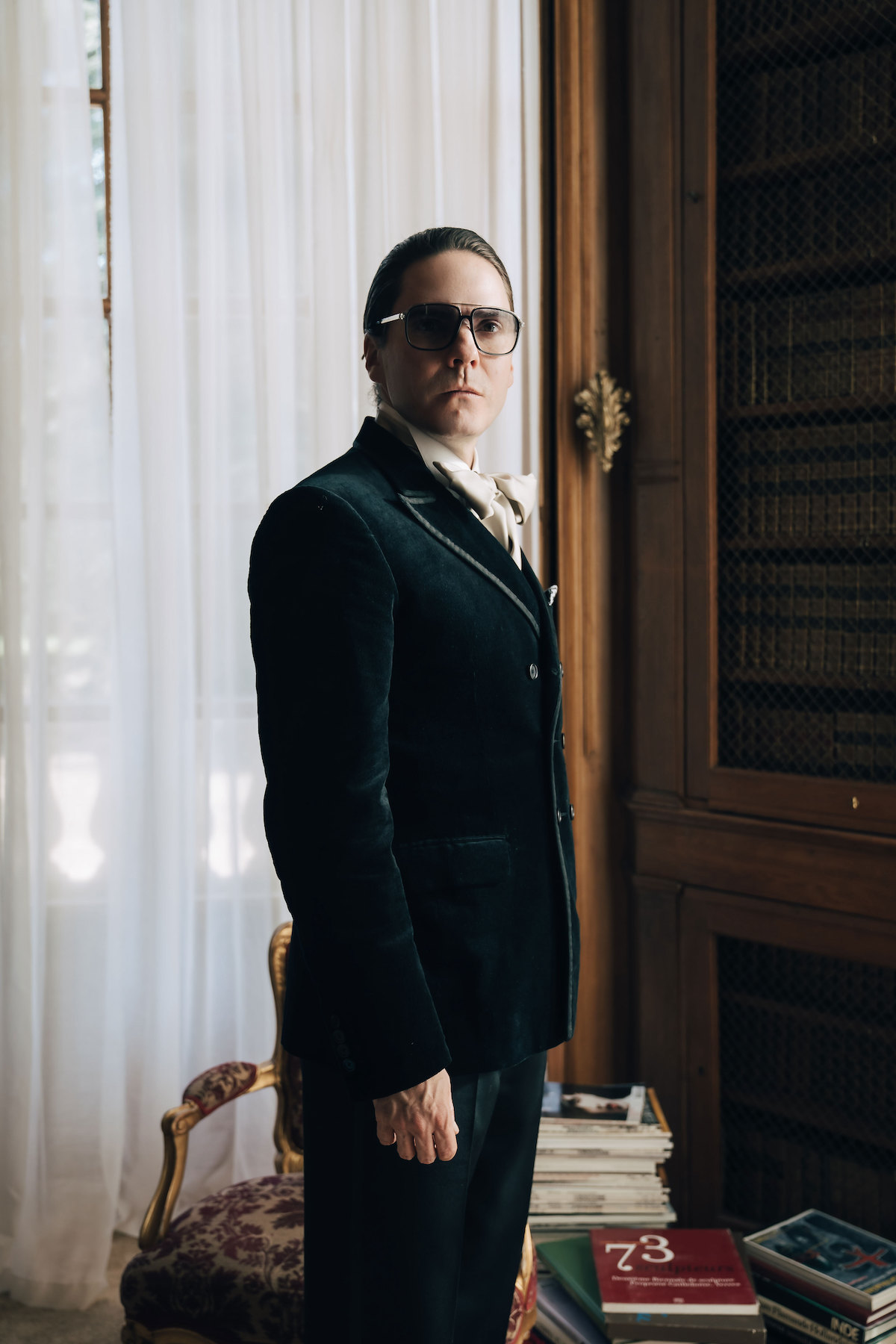
While his singular uniform is yet to emerge, core Lagerfeld signifiers begin materialising across the new series, as Brühl’s Lagerfeld adopts sunglasses, fans and starch collars. Leaning into his own experience of the fashion industry for the part, the actor reflected on his friendship with Ermenegildo Zegna’s Alessandro Sartori, whom he met nearly 20 years ago. ‘As actors, sooner or later you have a relationship with fashion, because there are so many events. Alessandro made me understand what fashion is about; how much focus, discipline, creativity and energy you need to do this job, similar to Lagerfeld,’ he says. Working with costume designer Pascaline Chavanne, he immersed himself in the details of the designer’s wardrobe. ‘But there were moments of crisis. At the first fitting I thought, “Jesus Christ, there's no way I believe this, I look like a clown”. I did not buy myself as the fashion designer, so I had to grow into these clothes,’ he explains. ‘But the extravaganza of the 1970s and playing a fashion icon was great, I ended up loving it, wearing it with pride and dignity.’
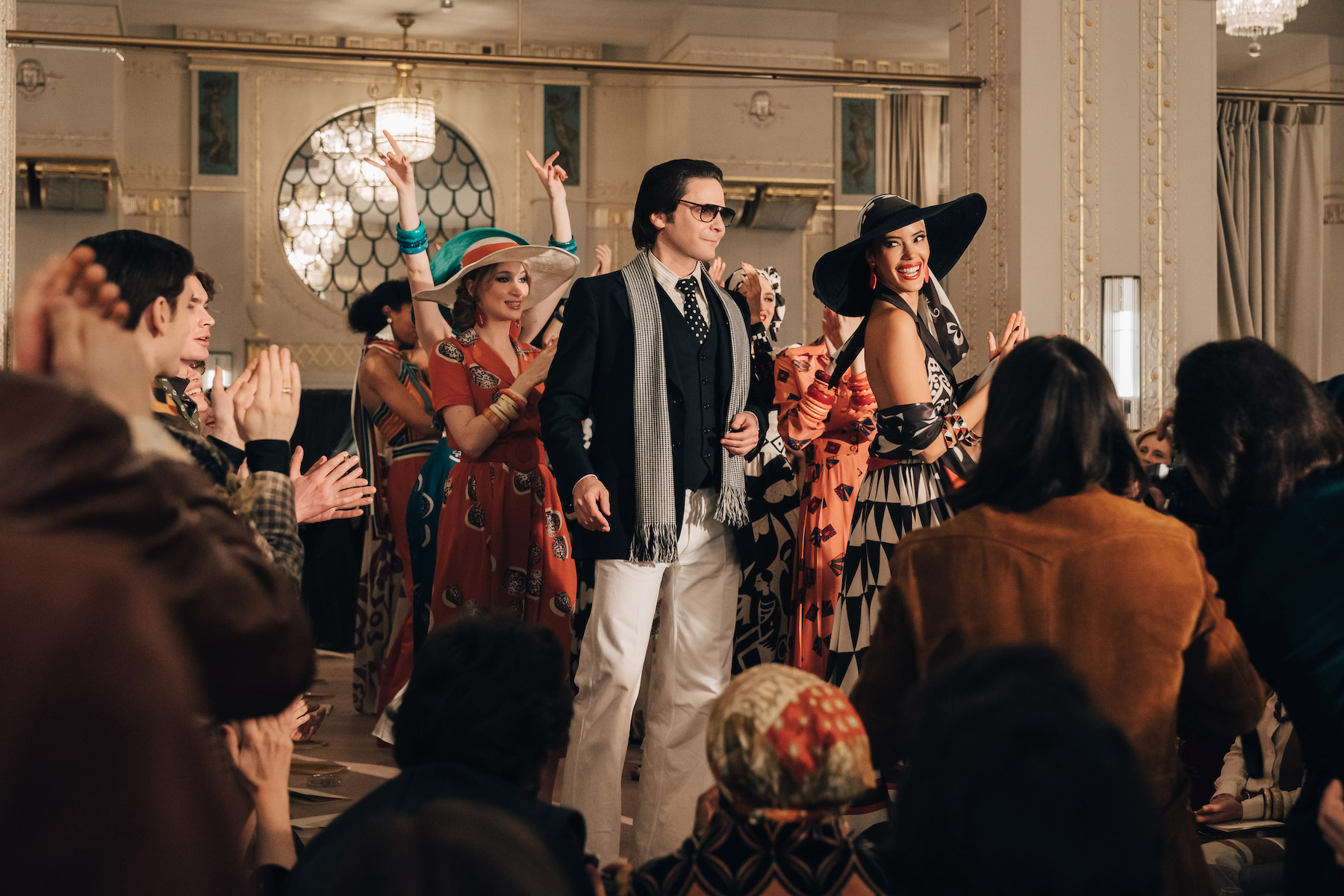
And the physical sensation of particular pieces ultimately instructed his wider performance he says, most notably Lagerfeld’s corset, which is employed in the opening of an episode. In a nod to the designer’s knotty relationship with body image, he’s introduced getting dressed opposite a three-way mirror, wearing white briefs while pulling a matching corset taut.
‘Wearing that, you understand so many things: there's always inner fights going on, he’s a guy who doesn't want to lose control,’ shares Brühl. ‘And similarly wearing heels made me think of flamenco and a certain kind of pride, which is both masculine and feminine. Before every take I was doing my silly torero moves because it gave me the right tension, to feel closer to Lagerfeld. Then later, the shades, the famous tail, hiding your eyes to start that transition, to become that character that he became.’
‘Becoming Karl Lagerfeld’ is out now on Disney+







